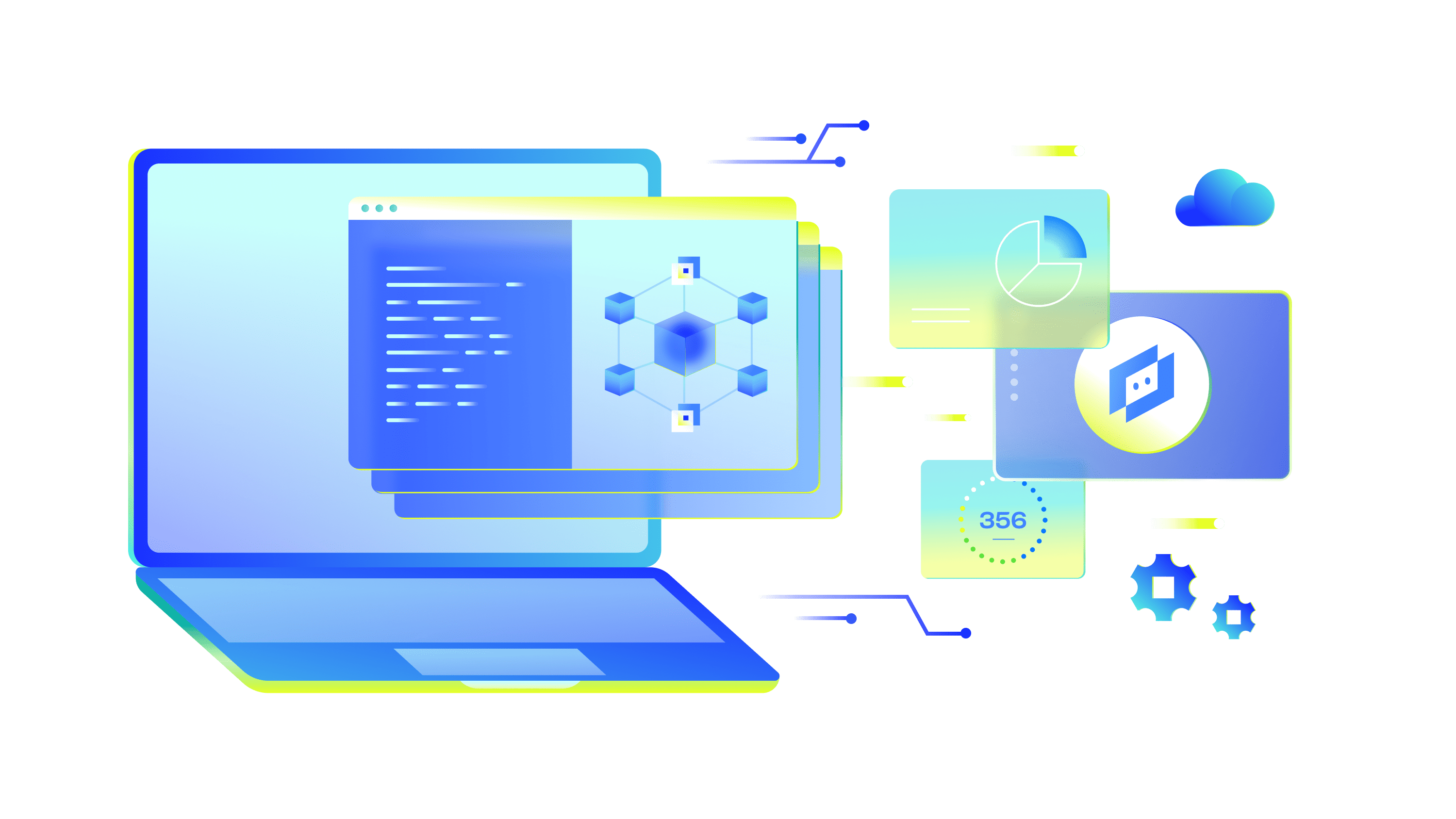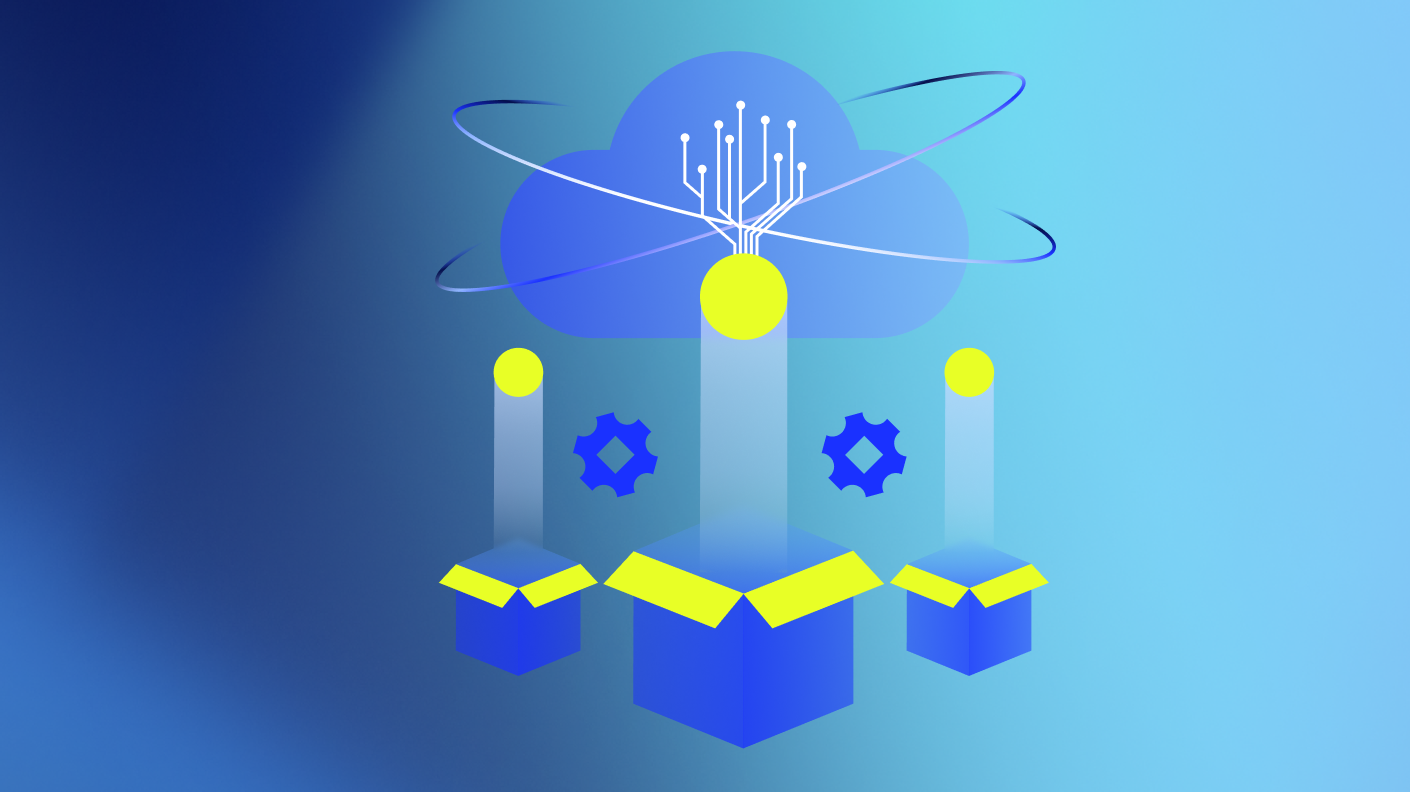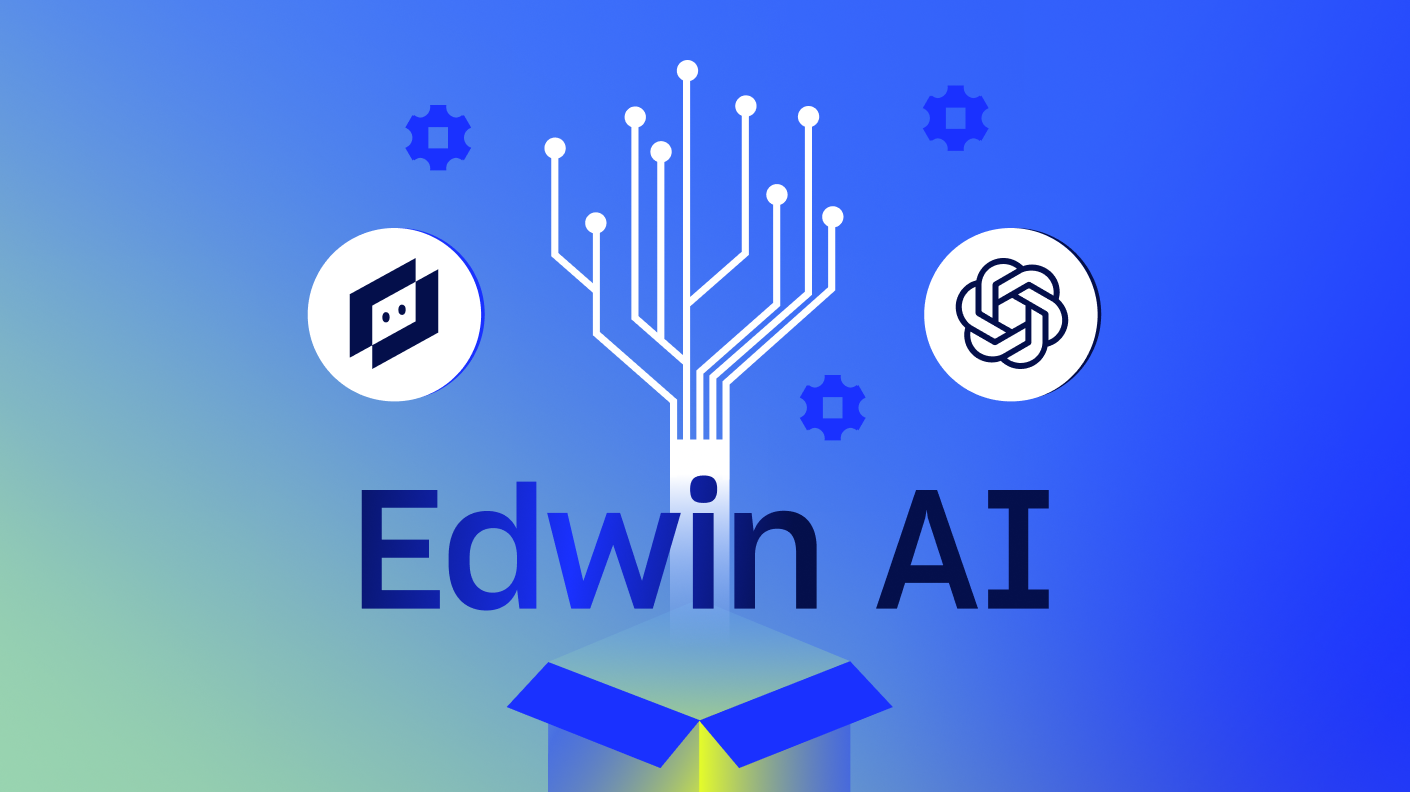Find the Root Cause, Fix It Faster with Edwin AI
Meet your AI agent for ITOps. Less noise. Faster resolutions. Fewer outages. ITOps just got smarter.
Trusted by IT Leaders Worldwide


Edwin AI: Agentic AIOps for Incident Management
Get to the root cause faster with unified event intelligence, streamlined troubleshooting, and incident management—all in one place.
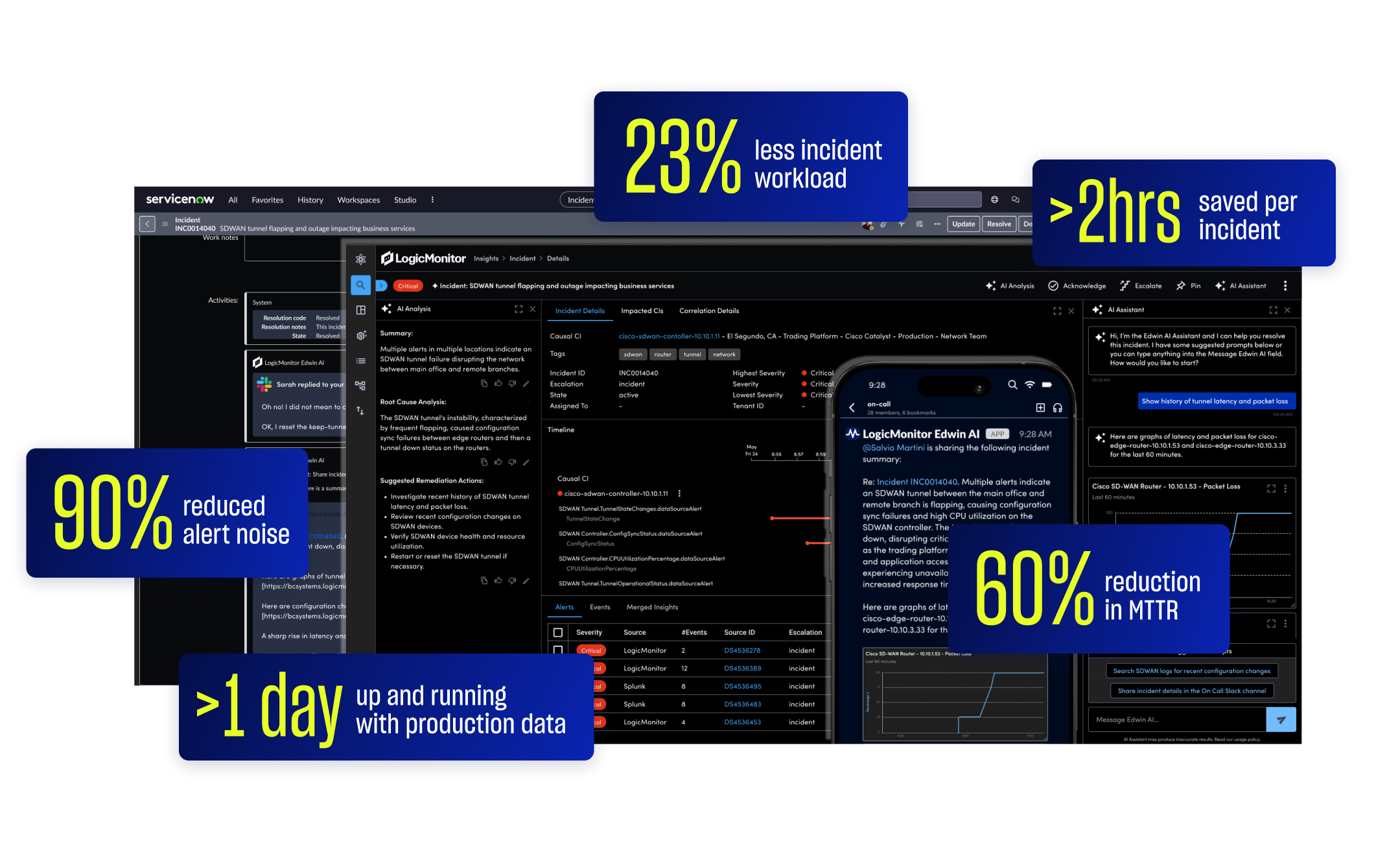
With Edwin AI:
Event Intelligence Streamlines Incident Management
Reduce alert noise by 80% by correlating, deduplicating, and normalizing alerts. Seamless ITSM integration, third-party ingestion, AI tags, and configurable AI models help unify data, prioritize issues and prevent issues.
With Edwin AI:
Generative AI Accelerates Incident Response
Reduce MTTR by 60%. Agentic AIOps comes with generative AI-powered summaries, root cause analysis, actionable recommendations, predictive insights, and conversational, step-by-step guidance.
With Edwin AI:
Agentic AIOps Empowers Teams
Boost productivity by 20% with an AI agent. Predictive insights and automated escalation anticipate issues, while detailed event context enables proactive prevention.
Edwin AI Solves Real-World ITOps Challenges

Get plain-language summaries of complex incidents in real-time.

Use generative AI to analyze data and uncover underlying issues to pinpoint the exact cause of IT incidents.
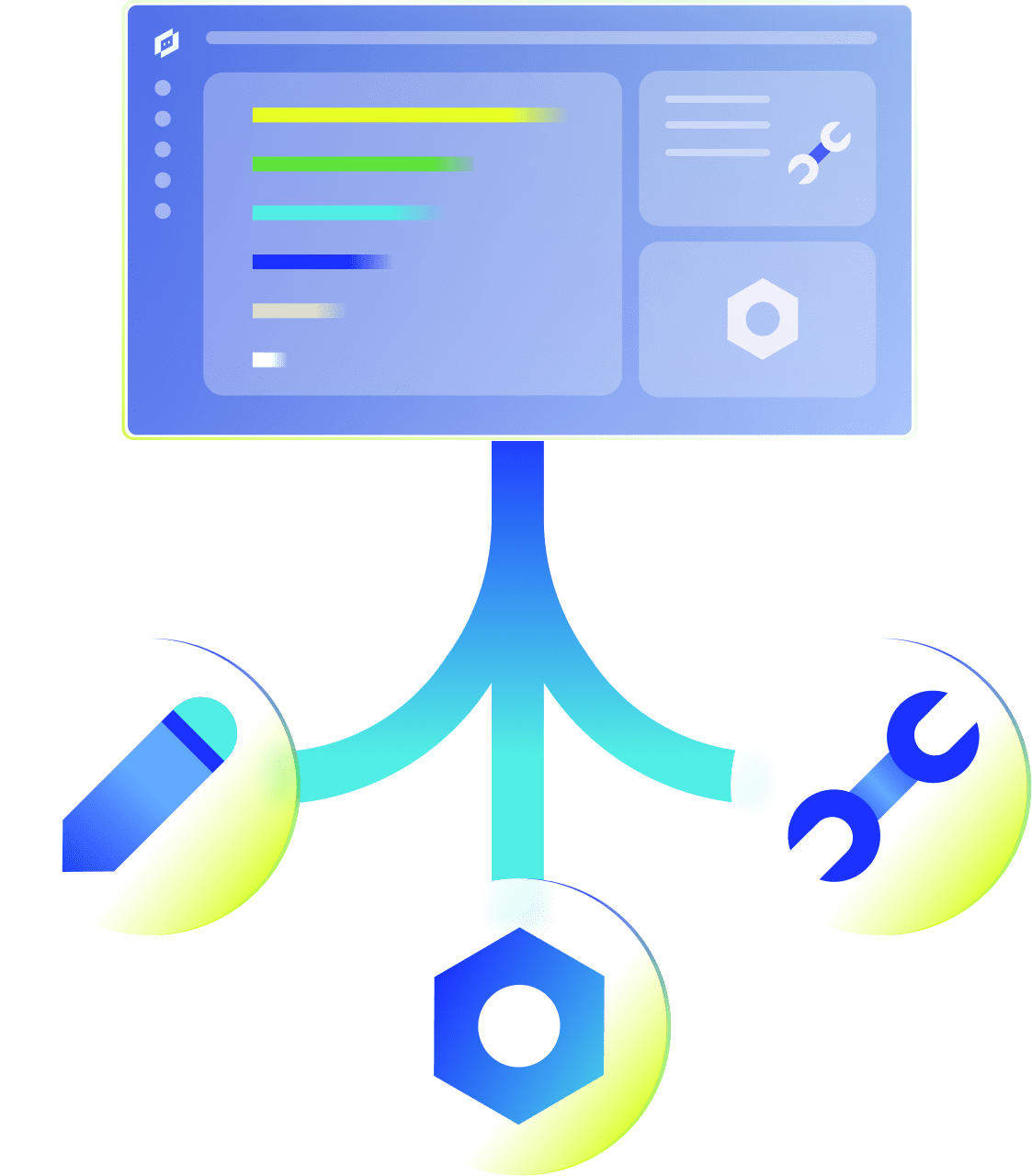
Automate alert correlation to reduce noise and integrate seamlessly for real-time ticket creation and escalation.

Stay ahead of potential incidents with AI-powered predictive alerts based on historical data and integrated observability.
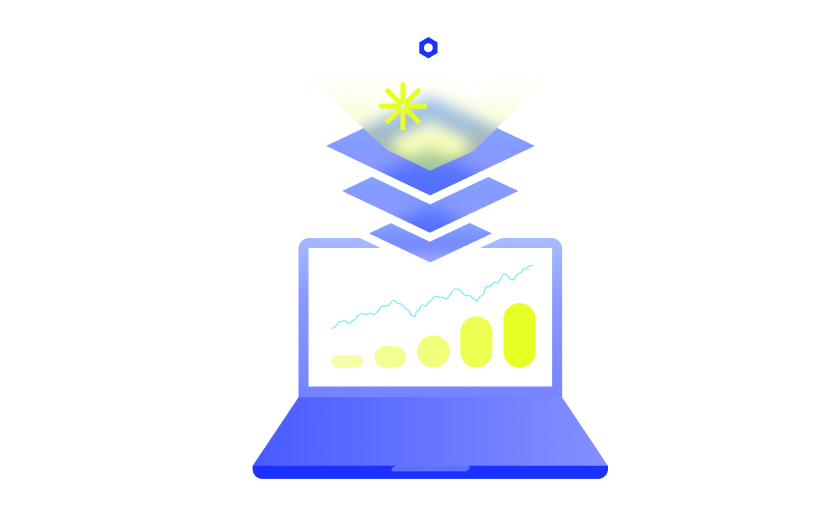
Consolidate alerts across ITOps, SecOps, and DevOps into a single ticket.

Automatically route tickets to the right team based on severity and context.

Transform Your IT Operations with AI
Get a demo to see how agentic AI will shift your team from reactive to proactive.
More Edwin AI Resources
Frequently Asked Questions
- Why did we name it “Edwin”?
We chose the name Edwin AI after Edwin Hubble, the American astronomer who the Hubble telescope was named after for discovering the two moons of Pluto (Nix and Hydra), and helping determine the rate at which the universe is expanding. Since its mission began in 1990, the Hubble telescope has made more than 1.6 million observations.
Just as Edwin Hubble invented modern day cosmology and transformed our understanding and limited view of the universe, we think Edwin AI will pave the way for modern enterprise observability and transform how customers perceive, reason, and act on their complex observability data.
- What kind of AI does Edwin AI use?
Edwin AI combines agentic AI, generative AI, and machine learning (ML). Agentic AI enables it to learn, adapt, and take real-time action. Generative AI translates complex IT data into plain-language insights, providing root cause analysis (RCA), troubleshooting guides, and summaries using Retrieval-Augmented Generation (RAG) for accuracy. Machine learning powers pattern recognition, event correlation, and predictive analytics, allowing Edwin AI to detect trends and prevent incidents before they occur.
Still have questions? Chat with an expert.
- Does LogicMonitor use customer data to train their models?
Edwin AI does not combine data from other customers. Please visit logicmonitor.com/security to learn more about our security policy.
Still have questions? Chat with an expert.
- How is Edwin AI different from copilots?
The Edwin AI Agent is designed from the ground up to use observability data along with unstructured knowledge sources spread across different collaboration and ticketing tools. It is not a ChatGPT-wrapper solution, unlike other observability copilot solutions out there in the market and uses agentic architecture that can perceive, understand and act on your observability data.
Still have questions? Chat with an expert.
- Is Edwin AI an AIOps solution?
Yes, but it’s more than that. AIOps stands for AI for IT operations. Edwin AI is an agentic AIOps solution, redefining legacy AIOps through the innovative use of generative AI, agentic AI, and direct access to the real-time operational data and context from the LogicMonitor Envision Platform and the customer’s ITSM & CMDB solution.
With the newly added flexibility to ingest third-party data, Edwin AI is an AI agent that serves as the glue between ITOps, SecOps, and DevOps teams for faster incident resolution and improved uptime. With Edwin AI, we are expanding into a new category called GenAIxOps (Generative AI-powered cross-domain operations) to encompass the multiple operations teams that work cross-functionally together, including ITOps, SecOps, and DevOps. By correlating observability, CMDB, security, and APM data from third-party tools like Datadog, Splunk, Dynatrace, and more into a single incident ticket in real time, Edwin AI will reduce information silos and provide a single view across IT operations and service management systems.
Still have questions? Chat with an expert.

